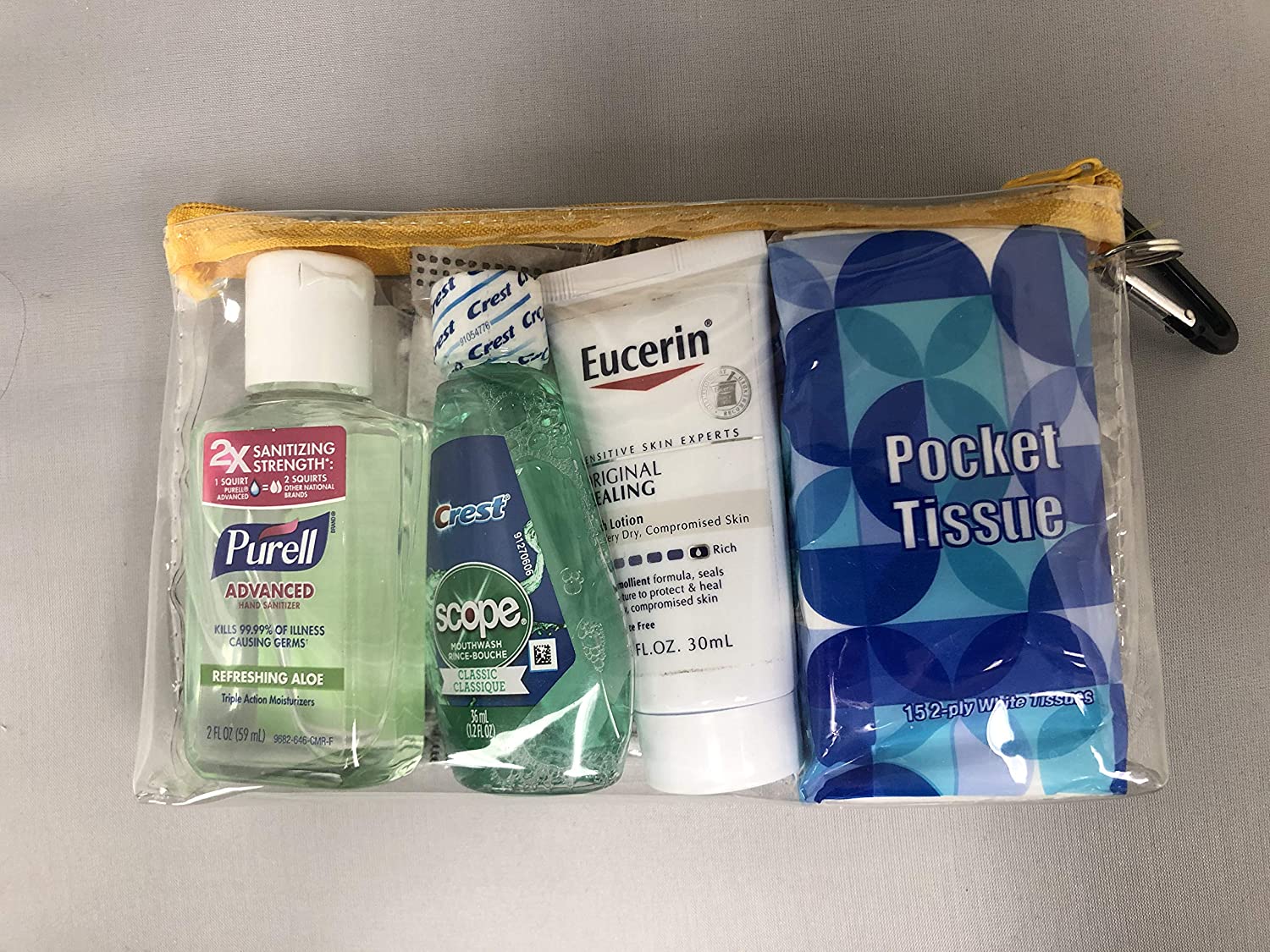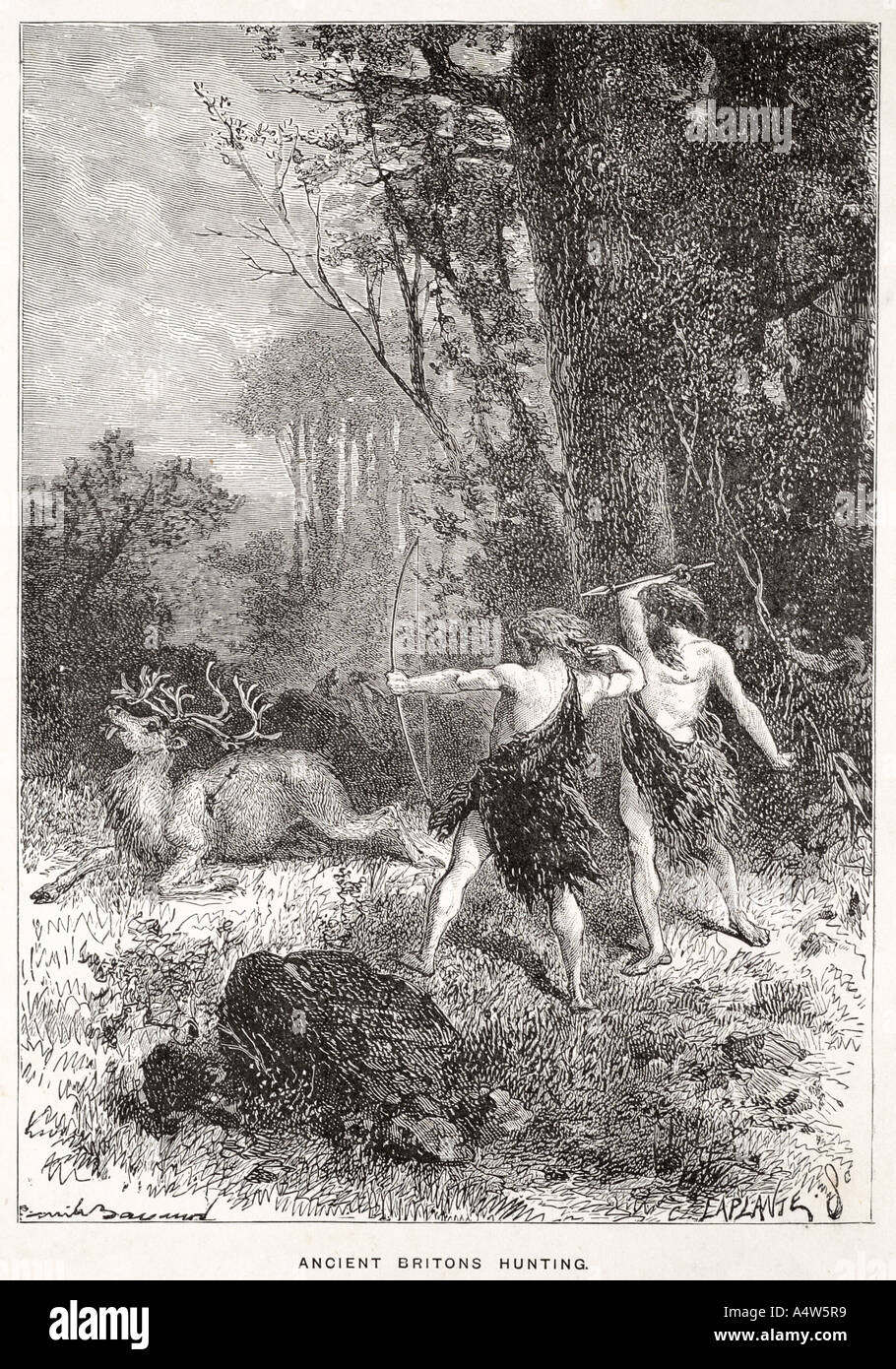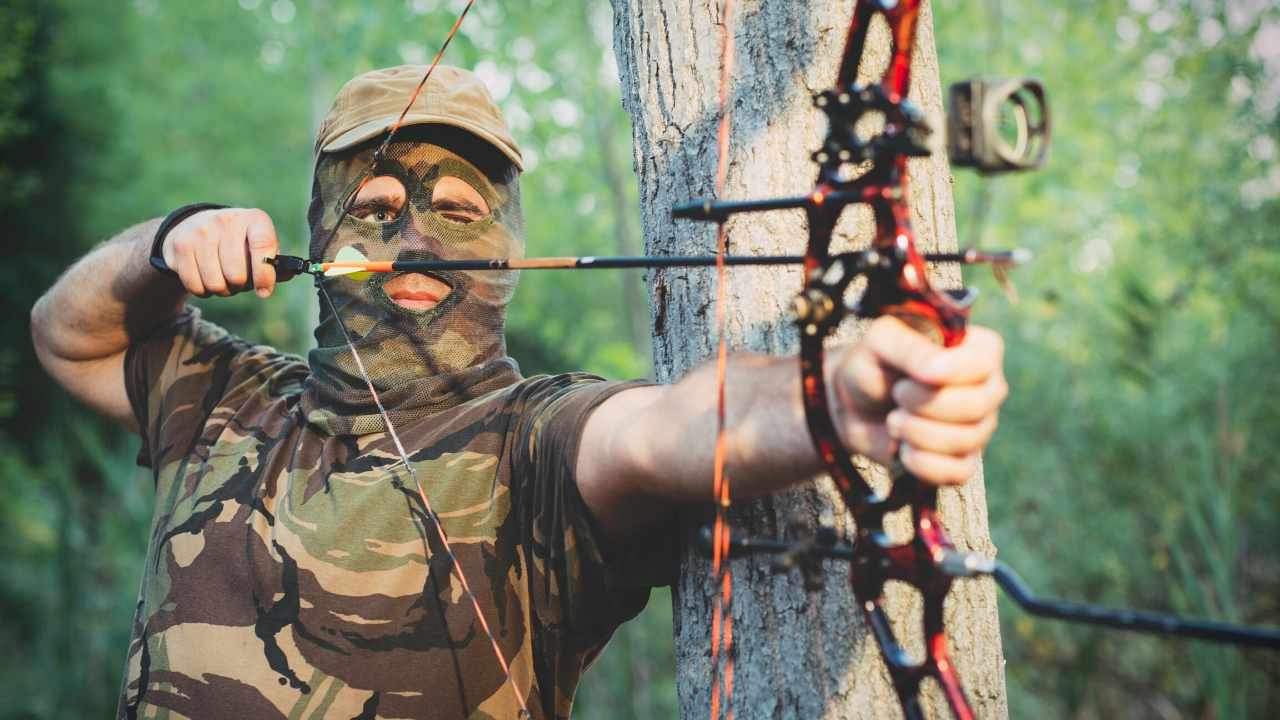
Scout survival kits contain a handful of items that must be brought on trips. Because the wilderness is far from cell phone towers, Scouts should avoid relying on GPS units and cell phones for directions and communication. The GPS unit can also stop working if it is submerged in water, or runs out of power. This can be very frustrating, especially if you are on a weekend trip.
Scouting lessons
Simulating real-world situations is one way to teach survival skills. Imagine a desert, ocean, or rainy forest. Then, have your students describe their survival skills in these conditions. They will be more prepared for real-life situations if you present them with realistic scenarios. They will also learn how to prepare for a crisis. You can even incorporate a day trip into your lesson plan to make it more challenging.
Skills required
Scouts will need to learn basic survival skills. It is important to keep calm and positive to survive in natural settings. Also, you will need to learn how to build shelters. A simple debris-hut is one of your best options. The next step is to research what foods and drinks you can find in your region. These supplies will allow you to prepare your campsite for nighttime.

Survival Scouts: Coolest Campout
Wild camping can be more exciting and fun, but it can also be dangerous. Wild camping requires preparing for unexpected events. You can show your scouts the basics of how to gather water, boil it, then use it for cooking. Teaching them how to cook over an open flame is another way to teach survival skills. If you intend to teach your child how to set up an open fire, and how it can be safely extinguished.
Survivorman Challenge
The Survivorman Challenge is an annual event where Scouts from Troop 16 of Parker, Colorado practice wilderness survival. Scouts must use all resources to safely return home. The winning teams at Level 1 and Level 2 receive a SurvivormanTM Cup filled with candy. The winner team shares the prize with everyone else. The Survivorman logo and Survivorman name are trademarks of a company called Survivorman Productions, Inc. and its creator, Les Stroud.
Scouts are awarded points
It is best to kill as many animals and gain the most experience to improve your survival scout. There are many methods to achieve this goal, including soloing and grouping. The 60% rule makes grouping easy, as all scouts harvest from the same creature. This reduces the amount of resources that can be gained soloing. The 60 percent rule also allows you to choose between grouping and soloing to maximize your XP.

FAQ
Is it possible to hunt without a licence?
Yes, it is possible to hunt without a licence. But, you're breaking the law.
You could face fines and even jail time.
Some states allow residents hunting without the need for a license. You can hunt in some states without a permit if you check with your state department for natural resources.
The U.S. Department of Agriculture (USDA), estimates that about 1 percent of hunters kill deer each year.
According to the USDA, about 6.5 million Americans hunt deer. Of these, only about 2.2 million actually shoot one.
This means only 0.6% of all hunters will kill a deer each and every year.
How many Americans are avid rifle hunters in the US
The number of hunters who use rifles as their primary weapon for hunting deer, elk, moose, etc., is estimated at around 2 million per year.
Most hunters are men, aged between 18 and 55, and come from rural areas.
They hunt solo, often using either a crossbow and a bow.
Whitetail deer (68%), mule deer (13%), and black bears (10%) are the most common targets for hunters.
Anecdotal evidence suggests an increase in female hunter participation, even though there are no national data.
How many people in the US rely on hunting?
The United States has more than 300 million hunting dogs. That means there are nearly twice as many hunters as people living in New York City.
Hunting is a American pastime which dates back to centuries. Today, Americans hunt for sport less than ever. According to U.S. The U.S. Fish & Wildlife Service reports that only 2 percent shoot regularly. This number is even lower for young adults.
While hunting may seem like something that is long gone, it is still popular among the older generation. A recent survey found that 68 percent of baby boomers plan to hunt again when they retire. Hunting for them is a way of connecting with nature and enjoying the outdoors.
For younger generations hunting is not necessarily a priority. According to National Shooting Sports Foundation, 18% of millennials don't consider themselves to be avid shooters.
FWS is committed to ensuring that America's wild areas remain accessible for all.
The agency launched "Wild Lands", a campaign to raise awareness of public lands across the nation in 2014. It is intended to raise awareness and encourage people visiting these areas to preserve them.
Conservation efforts are encouraged through Wild Lands. One example is the partnership between FWS and the National Rifle Association to create a youth shooting sports program called Project Gunter. This program teaches children safety with firearms and helps develop skills like marksmanship, safety, and shooting.
Project Gunter is now expanding to include women and minorities. Project Gunter is now expanding to include women and minorities.
What is the cost of hunting?
A hunting trip costs different depending on where you live and what kind of wildlife you want to hunt.
A two-person hunting party costs between $500 and $1,000 on average. This includes lodging and food as well equipment, permits, fuel, and licenses.
Some areas charge higher prices than others. If you plan to hunt during peak seasons, such as fall turkey season, expect to pay even more.
Statistics
- - Percent of residents with paid hunting licenses: 0.7%- (stacker.com)
- Over the past 50 years, the number of hunting licenses in California has been on a rapid decline, falling 70% from more than 760,000 in the 1970s to under 268,000 in 2020—even as the state's population has skyrocketed, according to The Mercury News. (stacker.com)
- Less than 1% of Hawaii's population has a hunting license. (stacker.com)
- In less than 20 years, Rhode Island saw a 40% drop in the number of hunting licenses for residents, according to The Valley Breeze. (stacker.com)
External Links
How To
How to make a Deer Blind
A deer blind is an example of a hunting device that hides game animals such deer, elk and others. The deer blind is a small enclosure of canvas or wood, often covered with leaves and branches. The hunter hides in the enclosure and waits to see if the animal passes. A deer blind is often used when hunting at night.
You can find deer blinds in many sizes and shapes. Some are portable while some are permanent. They are made from materials such as plywood, cardboard and plastic.
The most common types of deer blinds are box blinds (also called box stands), which consist of a wooden box with a roof and walls. They are easy to construct and move.
A tree stand is another form of deer blind. Tree stands are made to look natural, so no one would guess they were there. Most tree stands are permanently attached with trees.
Ground blinds can also be used, which are very similar to tree stands, but are built into the ground. Ground blinds can often be disguised with dirt, rocks, sand, or grass. Ground blinds are also known as "groundboxes".
There are several different ways to hunt with a deer blind. Another way to hunt with a deer blind is to simply wait for it to approach. You can also try moving around to scare away the animal. This method can be used if you are unable to remain still and don't move much. This could lead the animal to think you're a predator and run off.
First, find the right spot to place a deer blind. Pick a spot where there is no wind to blow your scent towards the animal. Avoid areas where people frequently hike.
Make sure that you are able to set up your deer blind correctly. Otherwise, the animal will see you and run away.